Tips for an Eco-Friendly Summer
[ad_1]
Summer can be a particularly challenging time for people who want to lead a green lifestyle. Longer, hotter days mean more hours indoors, which inevitably leads to higher energy consumption. With summer quickly approaching, it’s important to prepare your household for peak temperatures, ensuring you use energy as efficiently as possible. Here are a few tips that will help reduce your energy consumption even in the heat.
Tactics You Can Use Year Round
- Plugged-in electronics constantly pull electricity, so get in the habit of unplugging electronic devices when you aren’t using them. The biggest offenders include flatscreen TVs, cable boxes and DVRs. A power-strip is an easy way to quickly turn off and on your entertainment system or any number of electronics at once.
- Completely turn off your computer, rather than simply letting it hibernate.
- Use a solar mobile phone charger.
- Turn off the lights whenever you leave a room and consider installing dimmer switches in the future.
- Use fluorescent light bulbs whenever possible.
- Only heat or cool the areas of the house you are actually using. Close doors and shut vents in spaces like unused guest rooms.
Household Chores
- Water lawns and gardens early in the morning – 4am or earlier – allowing water to fully soak in before the afternoon heat. Every 7 to 10 days, add one-to-three parts microbial inoculant to your lawn water mix. A microbial innoculant will help ensure a healthy micro-environment, improving soil structure, drainage and water retention (increased drought tolerance).
- Install low flow show heads in your shower and opt for short showers rather than baths.
- Wash clothes on the cold setting whenever possible and hang towels out to air dry.
Control Your Indoor Environment
- Install darkening curtains or window treatments in rooms with significant sun exposure during peak summer hours. The room will remain cooler, requiring far less air-conditioning.
- Rather than simply closing blinds or shutters, angle them to directly reflect the sun.
- Attics are one of the easiest and least expensive parts of the house to insulate. The good news is, attic insulation can shave between 20 and 25% off your electricity bill, paying for the upgrade in just a matter of months.
- Seal cool air in and keep hot air out by closing gaps around doors and windows. Easy remedies include caulk around windows and weather stripping on doors.
- Air sealing with spray foam insulation will tighten up the house as well. Simply pull back insulation and spray cracks in joints and around joists. Then place the insulation back. Be sure not to crush the insulation if it is fiberglass. If you have blown cellulose insulation, there is no need to air seal.
- Check your insulation to see if there are lots of gaps or if it has settled a lot. Fiberglass insulation looses its insulating value as it compacts. Cellulose insulation value increases as it settles. If there are lots of gaps in the fiberglass insulation or it has settled to only a few inches, it may be a good idea to install cellulose insulation to increases.
- Make sure there is a cover over your attic entry way that fits properly. These look like big styrofoam coolers and fit over pull-down stairs. If you have a door entryway, there are insulation boards that can be fitted in the doorway to block hot or cold air.
- Insulate pipes with pipe insulation that are either in the attic or underneath the house if you have a crawl space or basement. This can be done easily by yourself.
- In the transition months, when temperatures aren’t unbearable, opt to use fans rather than a/c whenever possible.
- Check the filters on your a/c unit and replace them when necessary. Have a pro look at you’re a/c system every year to ensure Freon levels are sufficient. When filters are clogged or Freon is low, the system has work harder, for longer in order to produce the same cooling affect.
[ad_2]


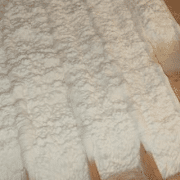
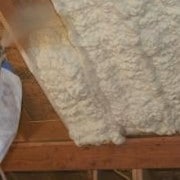

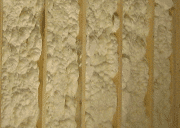

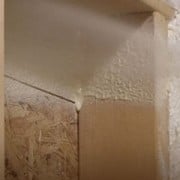
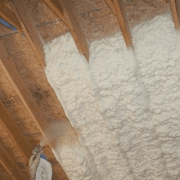


Comments are closed.